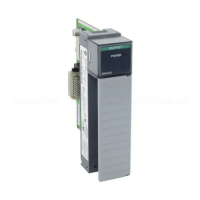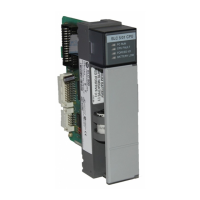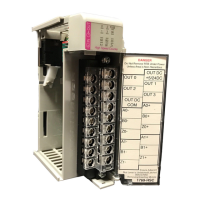Rockwell Automation Publication 5069-UM004A-EN-P - April 2019 13
Preface
Terminology
The following table defines terms that are used in this manual.
Table 1 - Terminology Used throughout the Manual
Abbreviation Full Term Definition
1oo2 One out of Two Identifies the programmable electronic controller architecture.
CIP™ Common Industrial Protocol An industrial communication protocol that is used by Logix 5000-based automation systems on EtherNet/IP,
ControlNet®, and DeviceNet® communication networks.
CIP Safety™ Common Industrial Protocol –
Safety Certified
SIL-rated version of CIP.
— Connection Logical communication channel for communication between nodes. Connections are maintained and controlled
between masters and slaves.
CL Claim Limit The maximum safety integrity level (SIL) that can be achieved.
DC Diagnostic Coverage The ratio of the detected failure rate to the total failure rate.
EN European Norm. The official European Standard.
GSV Get System Value A ladder logic instruction that retrieves specified controller status information and places it in a destination tag.
— Multicast The transmission of information from one sender to multiple receivers.
MTTF Mean Time to Failure The length of time that a device or other product is expected to remain reliable in operation.
NAT Network Address Translation The translation of an Internet Protocol (IP) address to another IP address on another network.
ODVA Open DeviceNet Vendor Association A nonprofit association of vendors that are established for the promotion of CIP networks.
PFD Probability of a dangerous failure on
demand
The average probability of a system to fail to perform its design function on demand.
PFH Average frequency of a dangerous
failure per hour
The probability of a system to have a dangerous failure occur per hour.
PL Performance Level ISO 13849-1 safety rating.
— Proof test Periodic test that detects failures in a safety-related system so that, if necessary, the system can be restored to an
as-new condition or as close as practical to this condition.
SC Systematic Capability A confidence that the systematic safety integrity meets the requirements of the specified safety integrity level
(SIL). (from IEC 61508-4)
SFF Safe Failure Fraction The sum of safe failures plus the sum of dangerous detected failures divided by the sum of all failures.
SIL Safety Integrity Level A relative level of risk-reduction that is provided by a safety function, or to specify a target level of risk reduction.
SIL CL SL Claim Limit The maximum safety integrity level (SIL) that can be achieved.
SNN Safety Network Number Safety network number, which uniquely identifies a network across all networks in the safety system. You are
responsible for assigning a unique number for each safety network or safety subnet within a system.
SRT Safety Reaction Time A consideration of delays or latencies within the safety system.
— Standard Devices or portions of devices that do not participate in the safety function.
— Unicast The transmission of information from one sender to one receiver.

